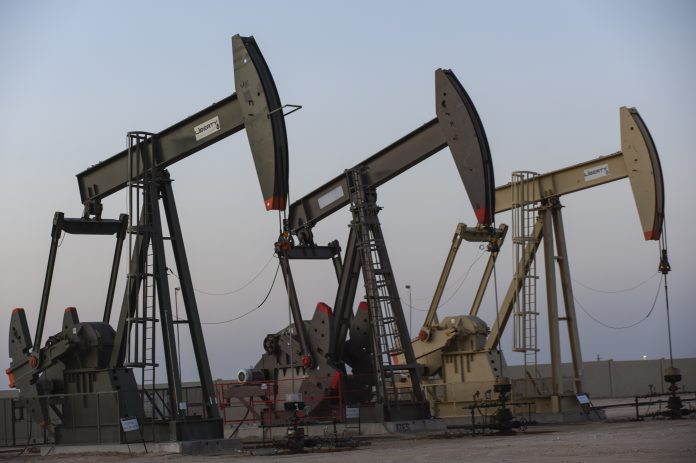ConocoPhillips had a busy second quarter, progressing on its new Willow Project oilfield in the National Petroleum Reserve on the North Slope of Alaska, its $22.5-billion merger with Marathon Oil and its liquefied natural gas projects at Port Arthur and Qatar.
Chairman-CEO Ryan M. Lance said during his earnings conference call that his company had record production in the quarter with strong contributions from its entire portfolio.
“In the Lower 48 we still expect to deliver low single-digit production growth in 2024 at a lower level of capital spending relative to 2023,” Lance said from Houston. “Shifting to commercial LNG we recently signed two additional long-term re-gasification and sales agreements to deliver volumes into Europe and Asia, both of which will start in 2027.
“With these agreements, we have now secured just under 6 million tons per annum of volume placement for our off-take commitments and we continue to work new off-take and placement opportunities as we look to expand our commercial LNG portfolio up to 10 million to 15 million tons per annum in the coming years.”
Lance reported that transaction and integration planning activities are underway to ensure a seamless transition upon the close of ConocoPhillips’ planned acquisition of the Houston-based Marathon Oil.
“The Marathon Oil shareholder vote has been set for Aug. 29 and we are working through the Federal Trade Commission’s second request that we received in mid-July and we still expect to close the transaction late in the fourth quarter,” he said. “On return of capital we remain committed to distributing at least $9 billion to shareholders this year on a stand-alone basis.”
Executive Vice President-Chief Financial Officer William L. Bullock Jr. said the company produced 1,945,000 barrels of oil equivalent per day during the second quarter, representing 4 percent underlying growth year over year.
“Lower 48 production averaged 1,105,000 barrels equivalent per day with 748,000 in the Permian Basin, 238,000 in the Eagle Ford and 105,000 in the Balkan,” Bullock said. “Alaska and international production averaged 839,000 barrels of oil equivalent per day, also representing roughly 4 percent underlying growth year over year.”
He said capital expenditures were just under $3 billion and the company returned $1.9 billion to shareholders in the quarter, ending with cash and short-term investments of $6.3 billion and $1 billion in longer-term liquid investments.
“For the third quarter we expect production to be in a range of 1.87 million to 1.91 million barrels equivalent per day,” Bullock said. “This is inclusive of the 90,000 barrels per day of turnaround impacts that we discussed last quarter.
“The primary driver of that is our once every five-year turnaround at Surmont (in northeastern Alberta, Canada) which will impact production by about 50,000 barrels per day during the quarter. On income statement guidance items we have lowered our depreciation, depletion and amortization guidance to a range of $9.3 billion to $9.4 billion and we have lowered our annual after-tax adjusted corporate segment net loss to a range of $800 million to $900 million.”




